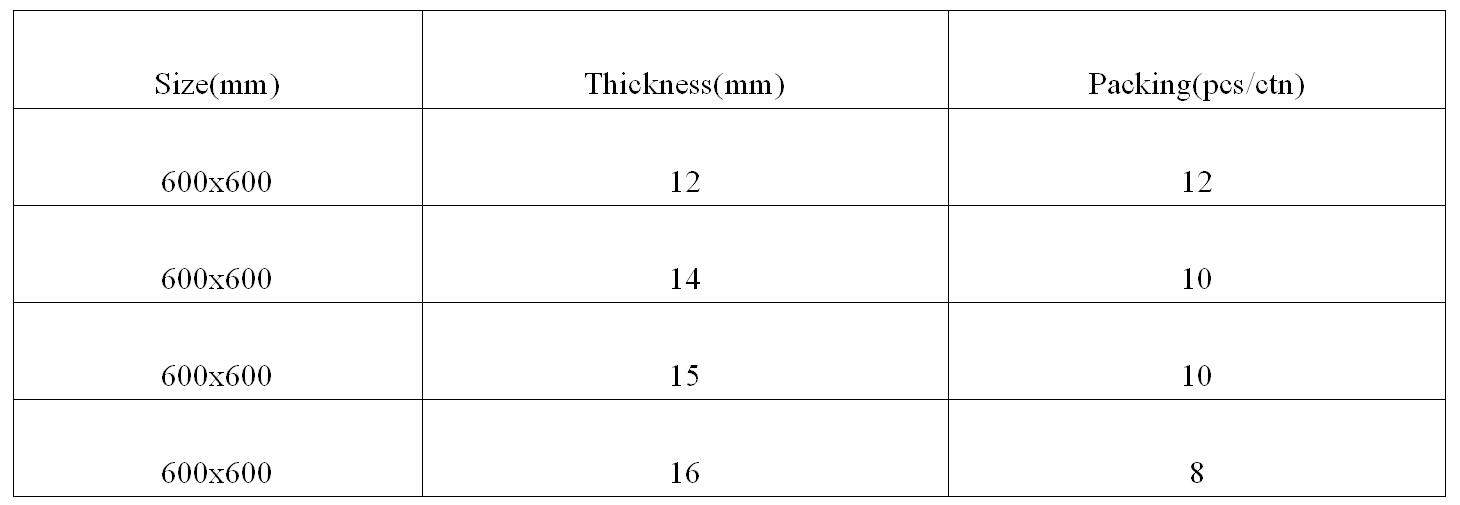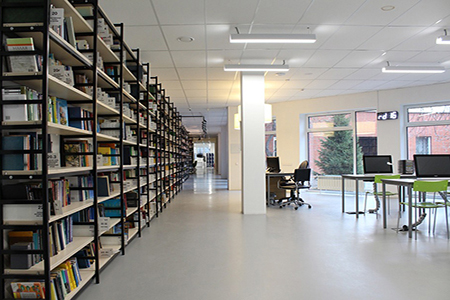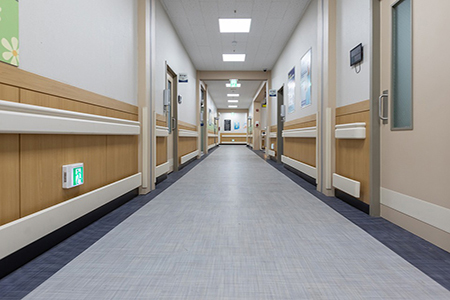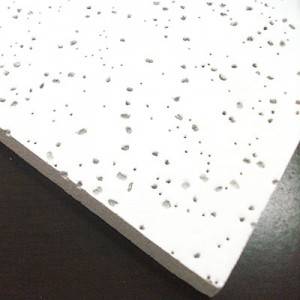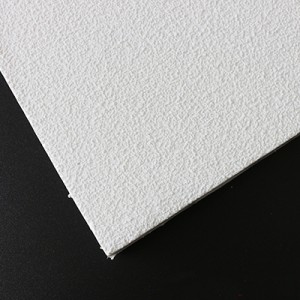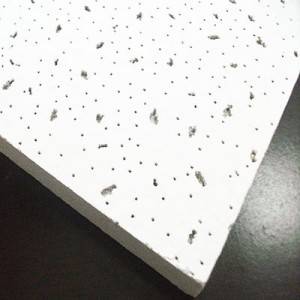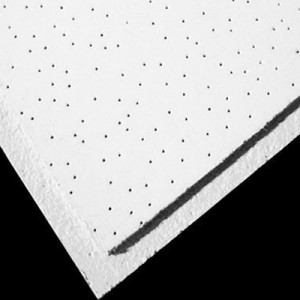Humidity Resistance Ceiling With High Light Reflectance
The mineral wool board design can improve the utilization of indirect light sources, improve the lighting efficiency of the entire lighting system, reduce glare and shadows, and make vision more comfortable.
It uses mineral wool as the main raw material for production, the mineral wool has developed micropores to reduce sound wave reflection, eliminate echo, and isolate the noise transmitted by the floor.
The sound absorption coefficient NRC is above 0.5, which can enhance the function of the building, improve the acoustic environment of the building, and improve the quality of people's life. It is suitable for professional projects such as office buildings, hotels, hospitals, banks, courts, schools and other institutions, public corridors, senior suites, business halls, wards, operating rooms, courtrooms and other professional projects, as well as reception rooms, offices, conference rooms and other places exquisite decoration.
Noise reduction coefficient NRC is a comprehensive evaluation index that measures the sound absorption ability of a certain material in a closed space. The higher the NRC, the less the sound is reflected back to the space. On the contrary, the sound is constantly reflected in the space to form reverberation, resulting in tiring background noise. Due to the perception of the human ear, only when the NRC reaches 0.5 or more, the human ear can feel a significant reduction in noise. Tests have shown that mixed sound-absorbing bodies, such as sound-absorbing mineral wool panels, and metal panels with sound-absorbing back layers have relatively average sound-absorbing performance. Sound-absorbing panels such as non-porous gypsum board, calcium silicate board and metal board have almost no sound-absorbing effect. Porous sound-absorbing panels such as perforated gypsum boards do not perform well for low-frequency sounds.
The noise reduction coefficient NRC is very important for any enclosed space. The reverberation time and the amount of noise need to be considered in the following environments:
1. Closed office, meeting room
2. Open/closed mixed office environment
3. Lobby, work area
4. Classroom/learning environment, gymnasium, restaurant
5. Medical environment, such as: reception hall, consulting room, doctor's office, etc.
6. Retail environment, other customer service environment, etc.












